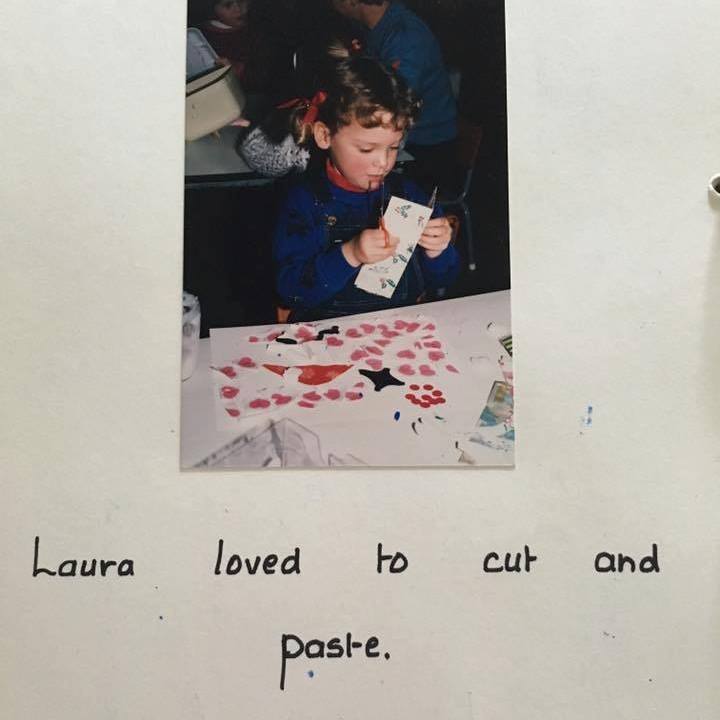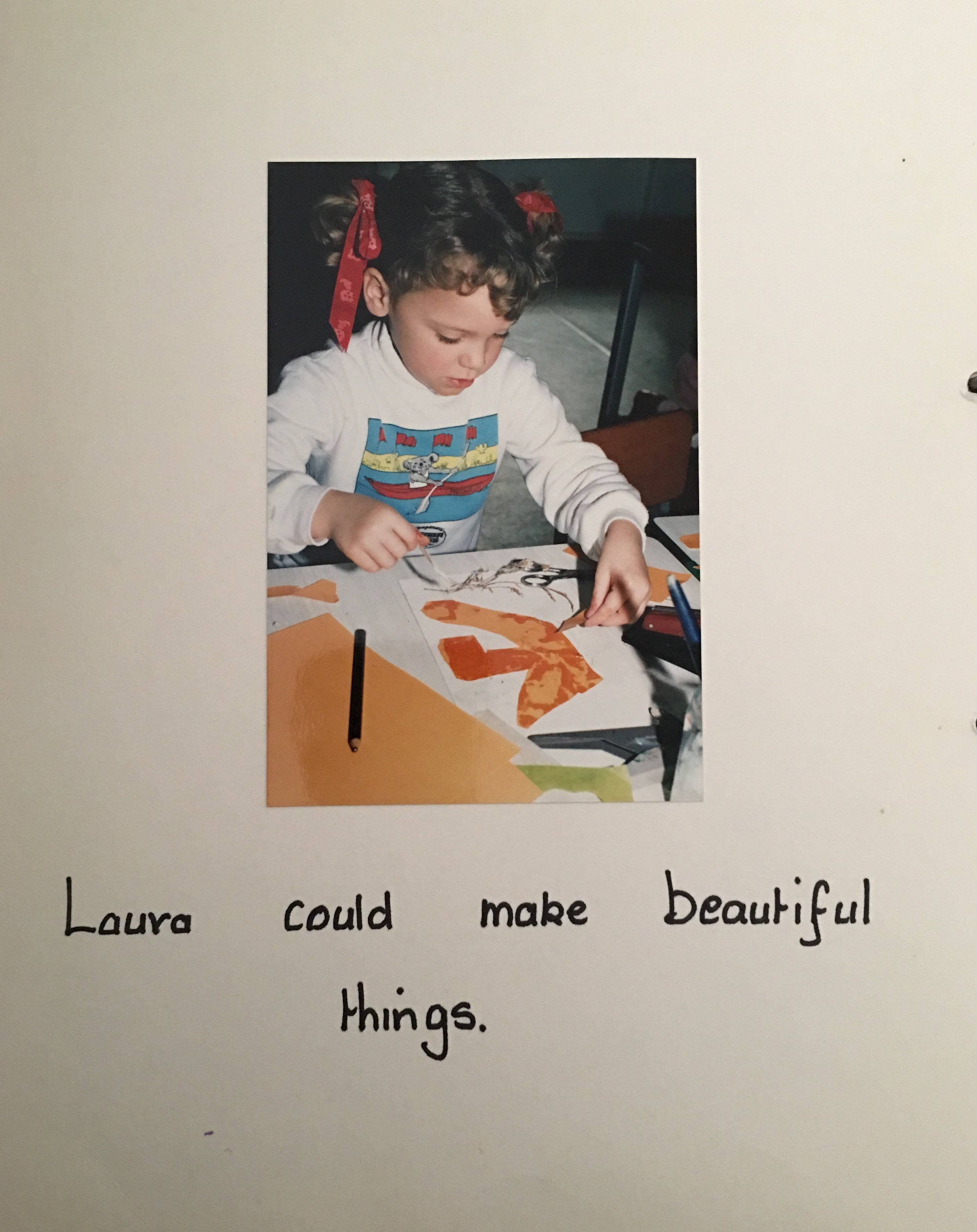A note from the Director:
The journey of the Little Prince has ignited a fire within each of us. I am giddy to the point of being speechless that this project came together as beautifully as it did. Before the project even started, Daniel, Natasha and I knew we had something special, but it wasn’t until seven beautifully creative souls walked through the doors of Kalabash that we understood how truly powerful this experience was going to be. It unveiled itself to all of us, week by week. The uninhibited ideas and excited hearts of each student began to form and blossom, while they themselves were coming out of their shells, and into their incredible ability to comprehend hard ideas, contribute passionate insight, listen to each other and build community. They did all this while taking on a huge amount of lines, blocking and physical forms that were strange and new to them. I am so proud of each of your children. I know that this, for many of them was their first experience on stage. I could not be more proud to be involved in fostering that experience for them. Our approach was nontraditional, because the students had their creative hands and imaginative minds on every single aspect of this show. It is truly their show. We just gave them the space to explore and create. I can’t take much more credit then that. It was their fierce and daring spirits that created the Little Prince.
The Little Prince is the story of a young boy trying to understand the purpose of life and growing up. Each of the planets he visits and grown ups he encounters represent a piece of ourselves that is lost in the transition from childhood into the “real world” as we begin to be burdened with “matters of consequence”. The Little Prince’s journey ultimately brings him back to what had always been most deeply important to him, his rose. The rose could manifest itself to mean many different things to each of us. At the end of his journey, the Fox tells the Little Prince; “It is only with the heart that one can see rightly.” This is the moment when the Little Prince decides to make a huge sacrifice to return to what he most loves. I encourage you all to take time to listen and reflect with your own heart after watching this show. Your heart knows you better then anyone else, it has never left you; it has celebrated the best of moments with you, and carried you through your darkest days. It is only there, that we can see the world through the eyes of youth, and with the complete wisdom of the world. I hope you all enjoy taking this journey with us. It has been a complete blessing to spend this time creating meaningful work with your unique, wise, colorful, openhearted children.
Love,
All of these beautiful photographs were taken by Dorka Hegedus




























































